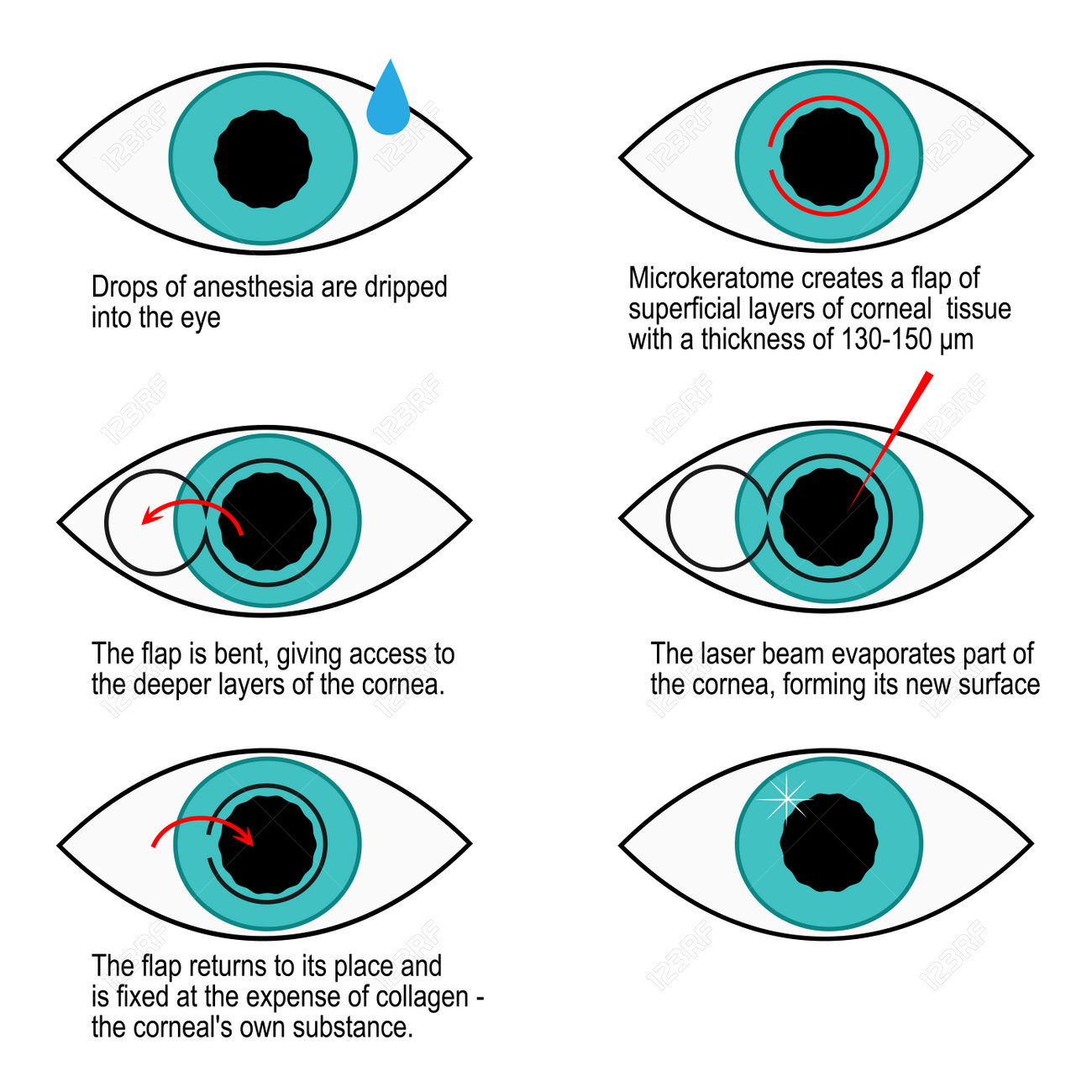Comparing Traditional And Modern Approaches To Treating Glaucoma
Comparing Traditional And Modern Approaches To Treating Glaucoma
Blog Article
Post Writer-Hendricks Jantzen
Did you recognize that the evolution of glaucoma treatment techniques extends centuries, incorporating both conventional remedies and sophisticated innovations? From old organic mixtures to advanced Minimally Invasive Glaucoma Surgical procedure techniques, the spectrum of choices is huge. As you explore the intricacies of standard versus innovative approaches, you may discover shocking insights that test standard viewpoints on treating this prevalent eye condition.
Historical Development of Glaucoma Treatments
The historic development of glaucoma therapies goes back to old people where various treatments were made use of to take care of the problem. In old Egypt, for example, therapies entailed a mix of honey, fat, and sour milk applied to the eyes. The Greeks and Romans additionally added to very early glaucoma treatments with a concentrate on topical applications and dietary interventions. Throughout history, diverse cultures developed special strategies to ease the signs of glaucoma, often rooted in herbal treatments and superstitions.
As Best Type Of LASIK advanced, improvements in medical expertise brought about even more systematic techniques to dealing with glaucoma. Between Ages, Arabic scholars made considerable contributions by examining the makeup of the eye and creating medical strategies to attend to eye conditions. These very early technologies laid the foundation for modern glaucoma therapies that we have actually today. Recognizing the historic context of glaucoma treatments gives useful insights into the constant development and improvement of clinical techniques over the centuries.
Contrast of Traditional Techniques
In comparing standard approaches for treating glaucoma, consider the historic contexts and efficiency of various solutions.
Standard treatments for glaucoma have progressed over centuries, from ancient methods like using honey and red wine to more recent innovations such as eye declines and surgical treatments. Historically, before cataract surgery eye drops like the application of leeches or organic mixtures were made use of to relieve symptoms, however their performance was limited.
As is cataract surgery dangerous progressed, strategies like iridectomy, where a part of the iris is removed, ended up being preferred for decreasing intraocular stress. Some standard methods, like using oral medicines to reduce eye pressure, have stood the test of time and are still used today. Nevertheless, these treatments typically feature negative effects and may not be as reliable as modern alternatives.
It's essential to consider the historical relevance of traditional glaucoma treatments against their effectiveness in the context of existing clinical advancements.
Assessment of Ingenious Therapy Approaches
Thinking about the developing landscape of glaucoma treatment, innovative strategies are changing the means this eye problem is managed.
One notable innovation is minimally intrusive glaucoma surgery (MIGS), which uses a less invasive option to traditional operations. cataract surgery at 30 to reduce intraocular pressure by enhancing the eye's all-natural drainage system, leading to fewer issues and faster recovery times compared to conventional surgeries.
Additionally, the growth of sustained-release medicine shipment systems has actually offered an extra effective means to provide glaucoma drug. These systems can launch medication slowly over an extensive period, enhancing client adherence and reducing the regularity of eye drops.
Moreover, arising modern technologies like careful laser trabeculoplasty (SLT) use a non-invasive option for reducing intraocular pressure by targeting certain cells in the eye's drainage system.
Verdict
As you review the advancement of glaucoma therapies, you can see how traditional techniques have led the way for ingenious methods to arise.
From ancient remedies to modern-day improvements, the journey of treating this complicated eye problem has resembled a rollercoaster adventure.
But with new techniques like MIGS and sustained-release medicine distribution, the future appearances brighter than ever before for individuals looking for efficient and much less invasive options.
